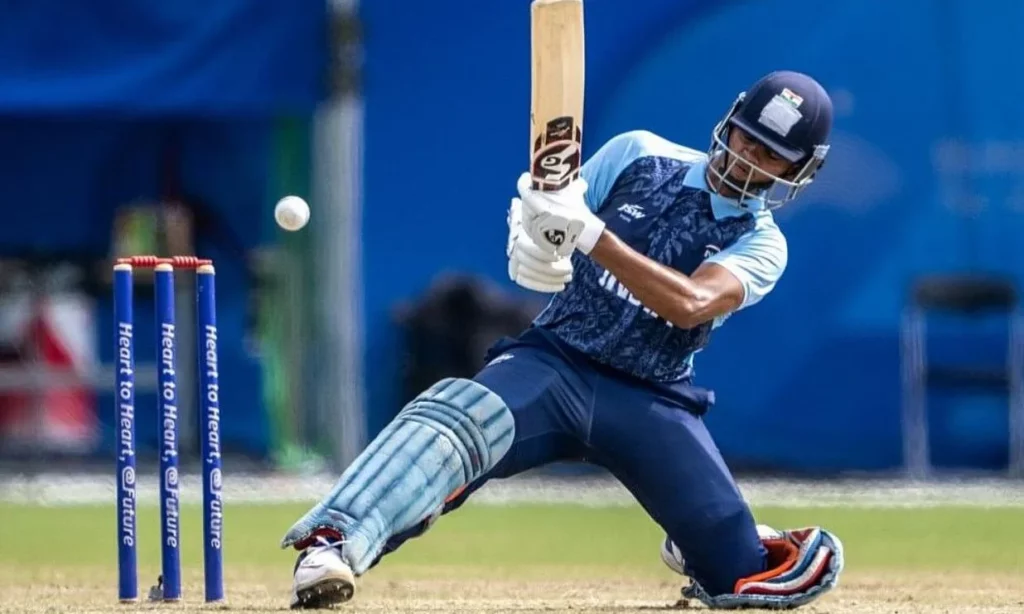
In the realm of international sports, cricket holds a peculiar, yet prominent position. Its iconic status in countries like India, England, and Australia is unquestionable, but does its popularity translate globally? This comprehensive analysis seeks to address this question, shedding light on the sport’s triumphs, trials, and trajectory on the global stage.
Setting the Stage
Cricket’s intriguing dance between being universally renowned and regionally adored stems from various factors. The sport is a religion in several nations, yet somewhat obscure in others, creating a dichotomous existence that we aim to explore.
While cricket enjoys an extensive fan base, its global outreach is paradoxically limited. Countries with profound cricket cultures, such as India and England, showcase the sport’s embeddedness in societal norms and rituals. However, despite efforts to popularize cricket on a global scale, the sport’s impact on international awareness remains limited.
Popularity Metrics:
- Deeply rooted in specific countries;
- Unfamiliar to many international audiences;
- Efforts by betting platforms to broaden outreach.
Football’s universal popularity sets a benchmark that cricket seemingly aspires to reach. The global appeal of football, manifested in its simplicity and accessibility, casts a lengthy shadow over cricket’s international presence.
Football vs. Cricket:
- Football’s universal accessibility;
- Cricket’s regional dominance;
- The aspirational global outreach of cricket.
Unpacking the Dynamics
We delve deeper into understanding cricket’s challenges to global popularity, examining intricate elements that contribute to its limited international visibility.
Cricket’s logistical and infrastructural demands significantly impede its grassroots proliferation. Unlike football, the intricate requirements associated with cricket pitches and equipment restrict its casual play.
Challenges in Street Play:
- Complex cricket pitch requirements;
- High maintenance and equipment costs;
- Limited accessibility for casual play.
“In football, people only need a ball and some space to hit the ball… But this can’t happen with cricket.” – A renowned sports analyst
This limited experiential engagement restricts the sport’s integration into the global populace’s daily lives, confining cricket to specified, organized environments.
Cricket’s diverse formats, though reflective of its evolutionary journey, pose challenges to its consistent global engagement. The lengthy durations of international competitions contrast starkly with football’s condensed, high-energy matches.
Cricket’s Format Dynamics:
- Lengthy international competitions;
- Limited participating teams;
- Evolution of engaging formats like T20.
The Rise of T20 – A Beacon of Global Hope?
In the complex narrative of cricket’s global outreach, the T20 format emerges as a potential catalyst for international popularity.
The Indian Premier League (IPL) exemplifies how the T20 format, characterized by its shorter, more engaging matches, can transcend national boundaries.
IPL’s Influence:
- Adoption of the T20 format globally;
- Enhanced audience engagement;
- Potential driver for cricket’s global popularity.
“Twenty20 cricket may be the answer to the global future of cricket as a sport.” – An international cricket commentator
Despite the promising ascent of T20, cricket’s core essence, deeply entwined with test matches and One Day Internationals (ODIs), complicates the narrative.
T20’s Double-Edged Sword:
- Enhanced global engagement;
- Potential dilution of cricket’s traditional essence;
- Balancing evolution and tradition.

The Road Ahead
As cricket grapples with its international identity, the intersection of tradition, evolution, and global engagement emerges as a central theme.
Cricket’s future, teetering between preserving its rich legacy and adapting to global audience expectations, encapsulates a complex, ongoing narrative.
Future Predictions:
- Evolution of engaging formats;
- Preservation of traditional cricket ethos;
- Enhanced global outreach initiatives.
Final Thoughts
Cricket’s quest for international acclaim is a multifaceted journey, laden with potential yet hindered by inherent challenges. Its profound regional adoration is both a testament to the sport’s charm and a reflection of its segmented global presence.
As the sport evolves, balancing tradition with innovation, cricket’s international narrative will likely continue to be a subject of captivating discourse, reflecting the dynamic, ever-evolving landscape of global sports. Each boundary, wicket, and century in cricket’s journey is not just a sporting milestone but a stitch in the intricate tapestry of its global narrative.




